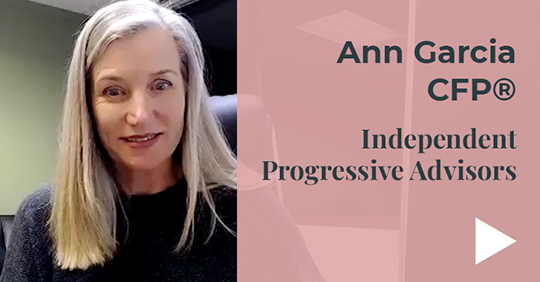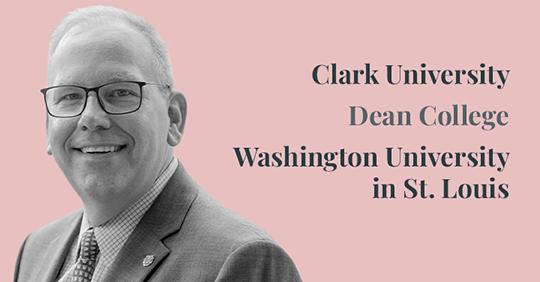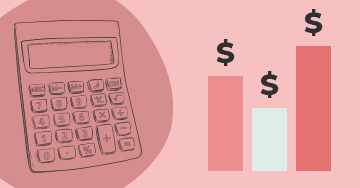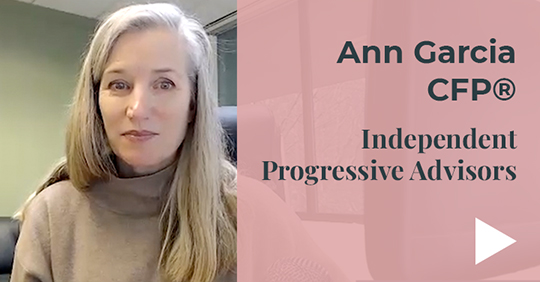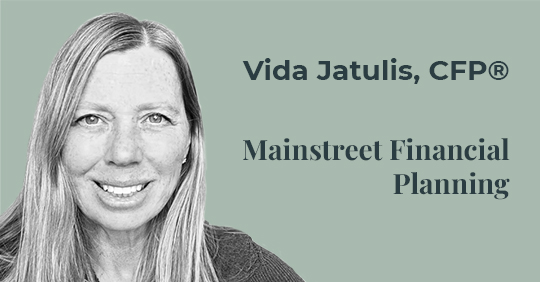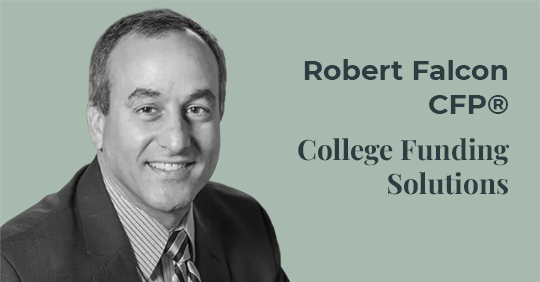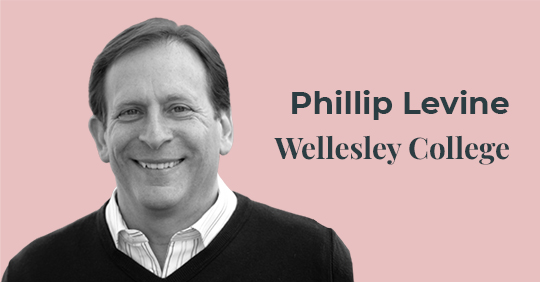After grants, scholarships, and financial aid are all said and done, how do you expect to pay your remaining college costs?
Adrienne Montgomery, director of financial aid at Xavier University in Cincinnati, joins our Learn from the Experts series to discuss closing the gap on college costs. She outlines practical steps to follow so you know what you’ll need to pay and how to make a decision based on projections.
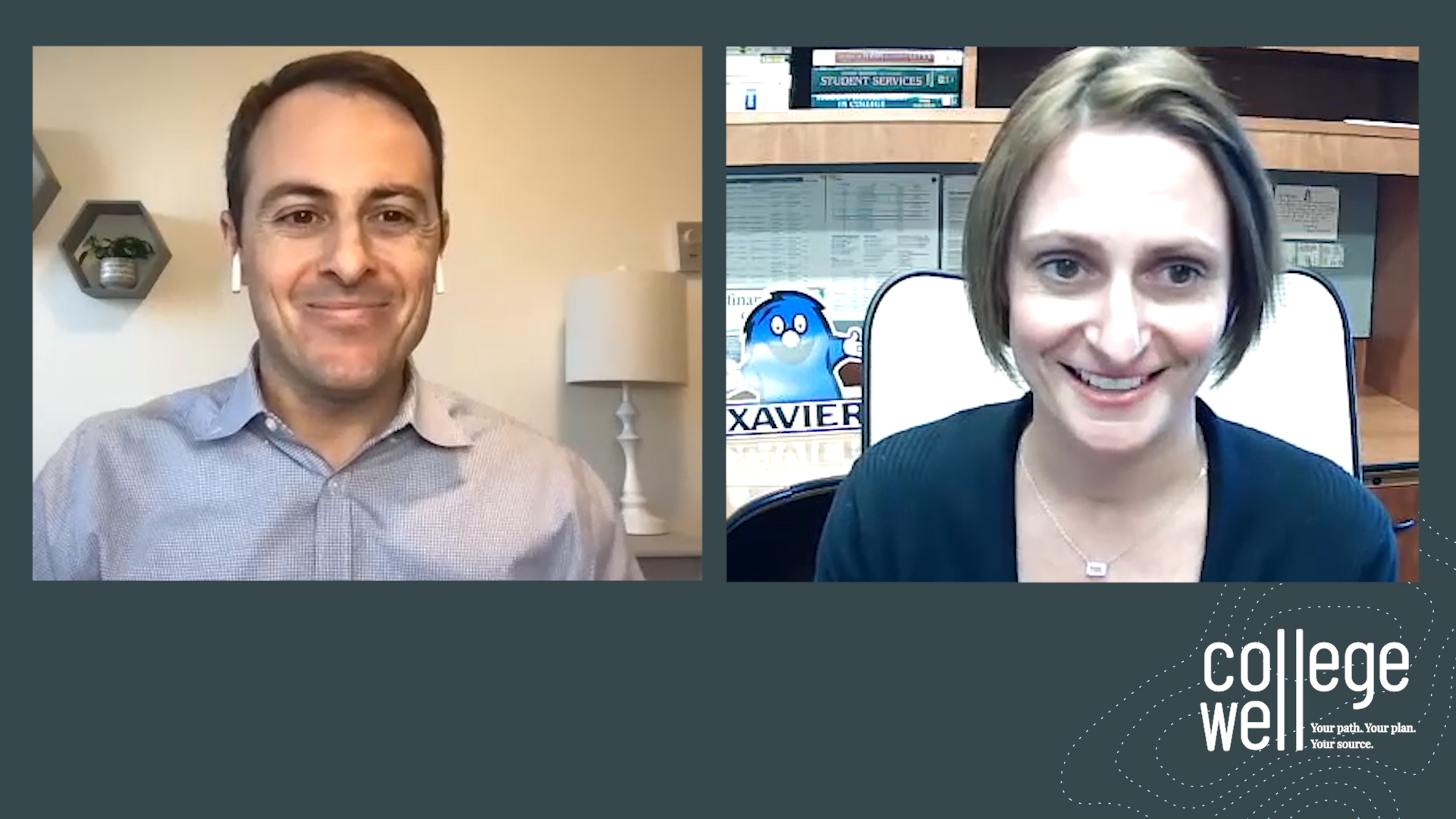
Highlights of this conversation include:
When financial aid doesn’t cover everything
“The gap is what you will owe to the college after financial aid has disbursed to your account,” says Adrienne. She goes on to discuss other important factors related to college costs, including cost of attendance, financial aid, and direct and indirect expenses.
No two gaps are created equal
Since costs and financial aid vary among colleges, the gap won’t be the same at every school you’re looking at. Adrienne reviews how to compare colleges before and after you receive the financial aid award letter.
Back to the future
Adrienne suggests families use the past, present, and future income model to approach costs. Past income includes any college savings; present includes payment plans; and future is any borrowing the family may take on.
Hope for the best, plan for anything
Your gap could change from one year to the next. It might get smaller thanks to some financial strategy, but it could also get a little bigger. Ask the college about their average change in tuition and fees and what types of financial aid they offer. Will that aid change in the future?


